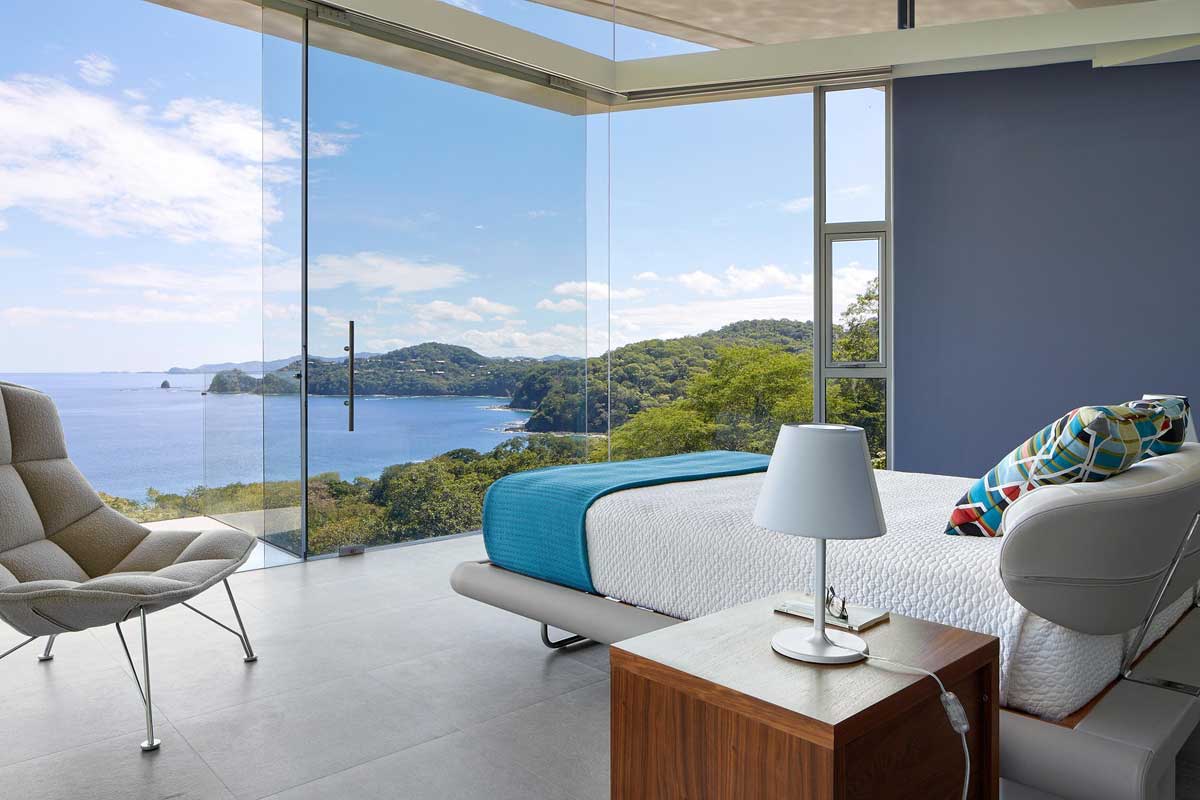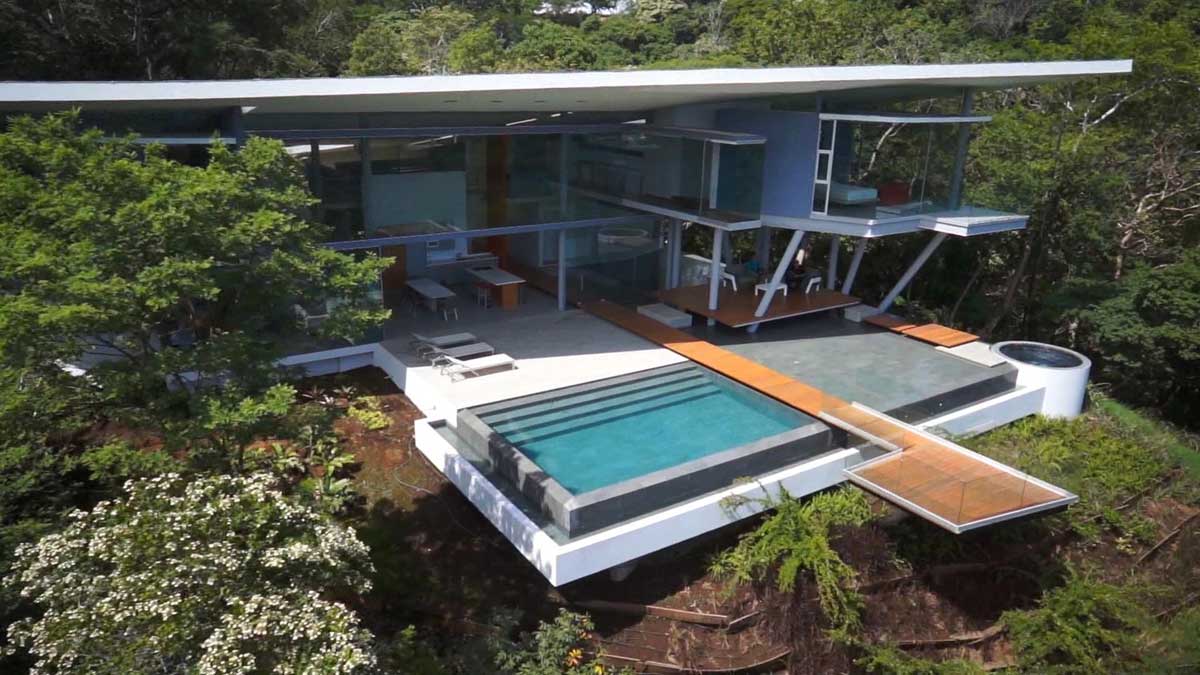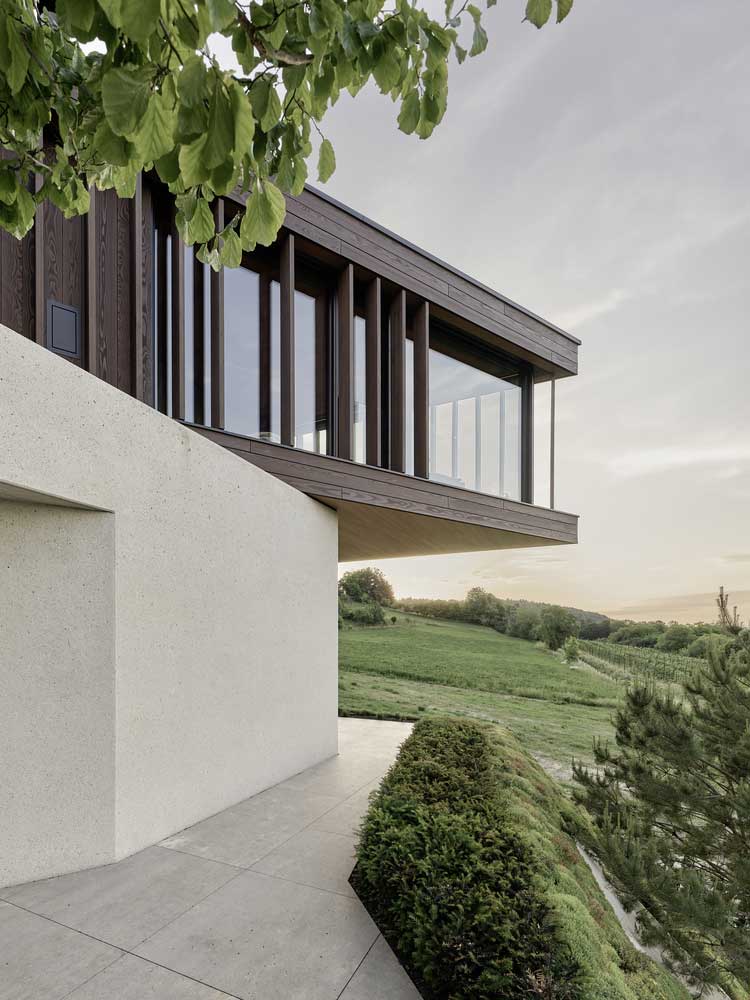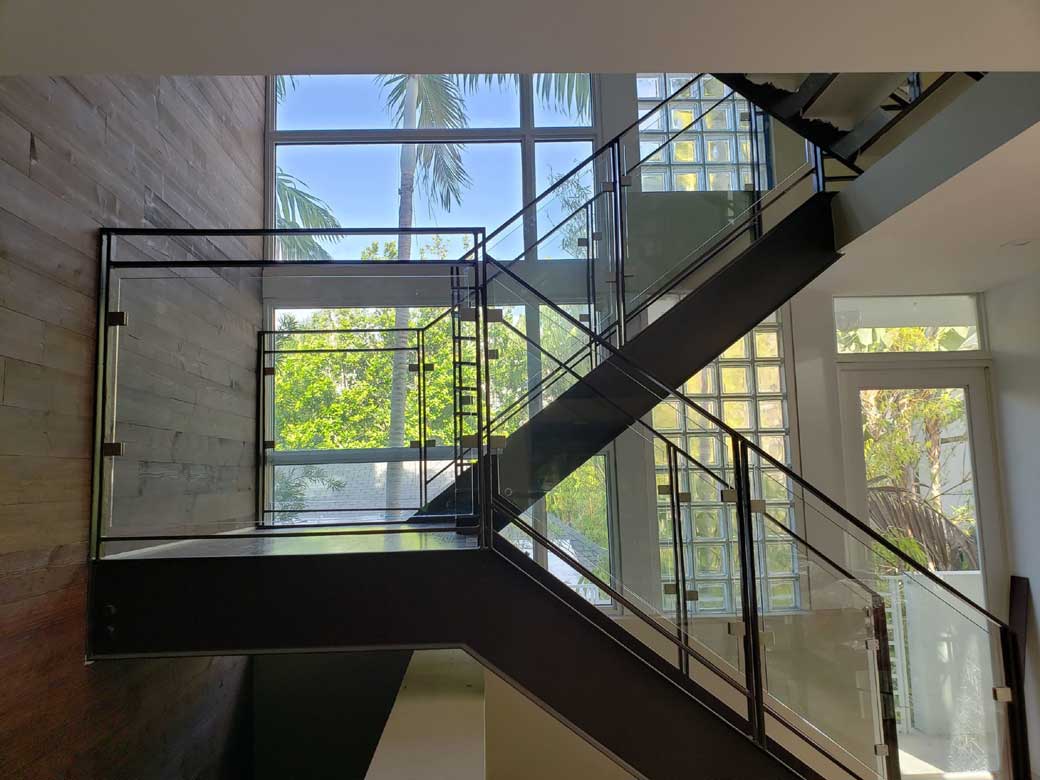In the realm of modern architecture, the use of innovative building materials and design concepts has revolutionized the way we perceive and interact with our living spaces. One such groundbreaking approach is the integration of glass facades and reflective water surfaces in home design. This combination not only maximizes the views from within the house but also creates a dynamic interplay of light, reflections, and nature, resulting in a living space that is both visually stunning and deeply connected to its surroundings.









Glass Facades in Modern Architecture
Glass facades have become a staple in modern architecture, offering a sleek and contemporary aesthetic while providing a seamless connection between the interior and exterior of a building. The use of large glass panels allows for an abundance of natural light to flood the interior spaces, reducing the need for artificial lighting and creating a bright and airy atmosphere.
The transparency of glass allows for unobstructed views of the surrounding landscape, creating a sense of openness and connection to nature. This can have a positive impact on the well-being of the inhabitants, as exposure to natural scenery has been shown to reduce stress and improve mood.
Glass facades also offer the opportunity to create dynamic and visually interesting exteriors. The reflective properties of glass can create interesting patterns of light and shadow, and the use of tinted or textured glass can add a layer of design complexity.
Despite its fragile appearance, modern glass technology has made it possible to create glass panels that are incredibly strong and durable. Tempered glass, for example, is four to five times stronger than regular glass and is resistant to breakage from impact.
However, the use of glass facades does come with some challenges. One of the main concerns is thermal performance, as glass is not a good insulator. This can be addressed by using double or triple-glazed glass with a low-emissivity coating, which helps to reflect heat and reduce energy consumption.









Reflective Water Surfaces in Home Design
Incorporating reflective water surfaces into the home design can create a sense of tranquility and add a touch of luxury to the living space. The reflective properties of water can create stunning visual effects, especially when combined with glass facades and natural light.
Water surfaces can be incorporated into the design in various ways, such as swimming pools, ponds, or water features. These elements not only add aesthetic value but also have practical benefits, such as helping to cool the surrounding area and providing a relaxing outdoor space for recreation.
The reflective properties of water can create a sense of spaciousness and add a layer of visual interest to the design. The reflections of the surrounding landscape, sky, and architecture on the water’s surface can create ever-changing patterns and colors.
Water surfaces also have a calming effect on the mind and body. The sound of water flowing or lapping against the edges can create a soothing ambiance, helping to reduce stress and promote relaxation.
However, incorporating water surfaces into the design does come with some challenges. Maintenance is a key consideration, as water features need to be regularly cleaned and maintained to keep them looking their best. Additionally, water features may not be suitable for all climates or locations.




Conclusion
Maximizing views with glass facades and reflective water surfaces is an innovative approach to modern home design. It creates a living space that is visually stunning, deeply connected to its surroundings and promotes a sense of well-being. However, it is important to carefully consider the practical implications and challenges associated with these design elements to create a home that is not only beautiful but also functional and sustainable.






